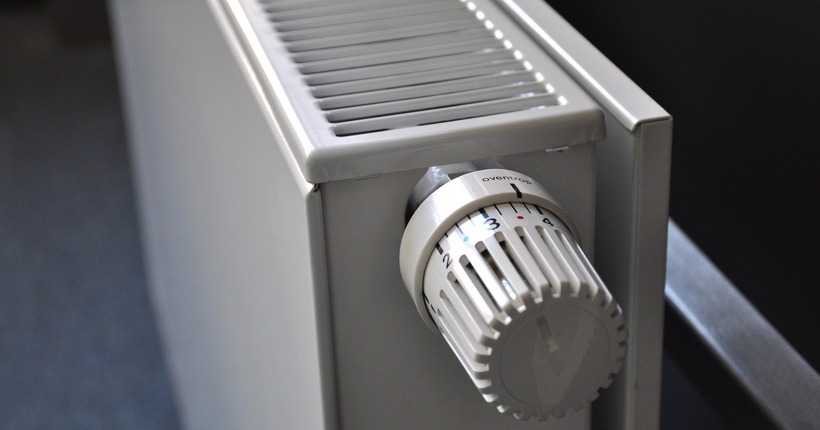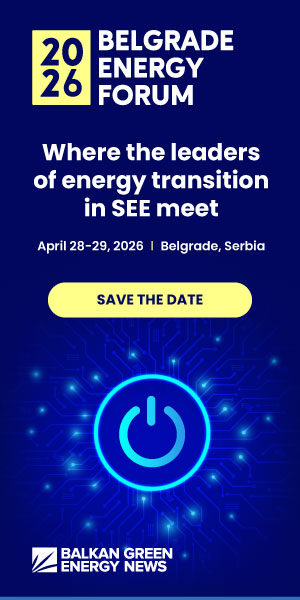
Photo: ri from Pixabay
Germany is increasingly looking into geothermal energy storage as a way of decarbonizing its heating sector. The technology allows storing heated water in underground caverns and using it for warming homes and public and private buildings during winter, according to a report by Clean Energy Wire.
This thermal energy storage system, called Geotes, promises “the almost universal availability of cheap and practically inexhaustible storage capacities,” according to Peter Ruschhaupt from the think tank Future Cleantech Architects (FCA), German business daily Handelsblatt reported.
The process involves heating water and injecting it into underground caverns, where heat can be retained for months by the surrounding rock. The warm water can then be pumped back to the surface and used for district heating.
Heat can be retained underground for months
The cost of drilling is the main challenge in ensuring that the process is economically viable, but once the caverns are ready, the technology can be very cost effective, as heat can be stored for an entire season, according to Ruschhaupt.
Such systems already exist in northern Europe
One such research project is currently underway in former coal mines in Germany’s Ruhr valley, the daily wrote. In the Netherlands and Scandinavia, “there are already thousands of Geotes systems,” said Ruschhaupt.
According to the German geothermal association, geothermal energy could cover 40% of the country’s heating needs, Clean Energy Wire wrote, noting that Germany is seeking to phase out fossil-run heating boilers and requiring cities to prepare municipal heat plans by mid-2028 at the latest.
In Serbia, the district heating company in Novi Sad is developing a thermal energy storage project, as part of an innovative hybrid system that would combine solar collectors, seasonal thermal storage, and heat pumps. The investment is aimed at decarbonizing the Serbian city’s district heating and helping balance the power system.









Be the first one to comment on this article.